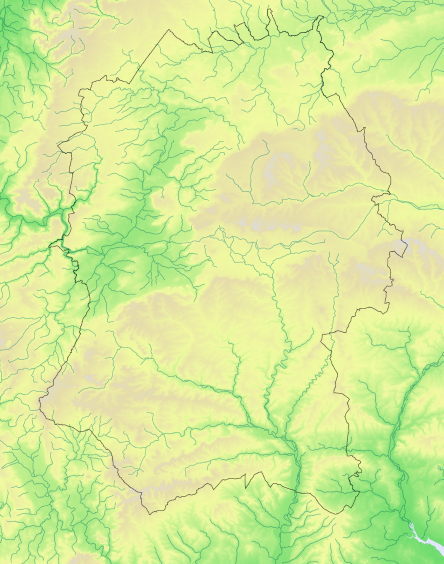Coot Fulica atra
Winter abundance 1995–2000
Common resident, also moult migrant and winter and hard weather immigrant
Atlas species lists
- Breeding distribution 1995–2000
- Summer abundance 1995–2000
- Winter distribution 1995–2000
- Winter abundance 1995–2000
- Breeding distribution 2007–2012
- Summer abundance 2007–2012
- Winter distribution 2007–2012
- Winter abundance 2007–2012
- Breeding distribution change
- Summer abundance change
- Winter distribution change
- Winter abundance change
More Coot maps
- Breeding distribution 1995–2000
- Summer abundance 1995–2000
- Winter distribution 1995–2000
- Winter abundance 1995–2000
- Breeding distribution 2007–2012
- Summer abundance 2007–2012
- Winter distribution 2007–2012
- Winter abundance 2007–2012
- Breeding distribution change
- Summer abundance change
- Winter distribution change
- Winter abundance change
Map explanation
This map shows the winter relative abundance of the species in Wiltshire, based on variation from the average, as revealed by the fieldwork for Birds of Wiltshire (Wiltshire Ornithological Society 2007).
Key
Relative to average
Nos tetrads

>50% fewer
54
12%

25-50% fewer
8
2%

Average +/- 25%
6
1%

25-100% more
1
<1%

>100% more
7
2%
Total
76
17%

Not surveyed
Coots are found across the Old World from Western Europe and parts of North Africa east through central Asia to Japan, and from India south patchily to Australasia. The Western Europe population is essentially sedentary or dispersive, while those that breed in Fenno-Scandia and to the east of the Czech Republic migrate south and west in winter, including to Britain, swelling resident populations.
In Wiltshire Coots were regarded in the 19th century as an uncommon species, found in small numbers on a few of the larger waters in summer with some increase during the winter. It was not until the mid-20th century that their numbers increased to the extent that they came to be regarded as common. Birds of Wiltshire recorded them in summer on all the bigger lakes and gravel pits, and along most of the major rivers and canals. Altogether they were found in 244 tetrads, with breeding confirmed or probable in 204. Since then there has been some decline: WTA2 recorded them in 224 tetrads, with breeding confirmed or probable in 162.
In winter, the partial tetrad survey for Birds of Wiltshire recorded them in 17% of tetrads surveyed, indicating an overall total of around 160 tetrads. WTA2 recorded them in 183 tetrads in winter. Surprisingly therefore, and contrary to the national picture (which showed numbers higher in winter), the winter figures showed a reduced distribution compared to the breeding season totals.
References
The following references are used throughout these species accounts, in the abbreviated form given in quotation marks:
“1968-72 Breeding Atlas” – Sharrack, J.T.R. 1976: The Atlas of Breeding Birds in Britain and Ireland. T. & A. Poyser
“1981-84 Winter Atlas” – Lack, P.C. 1986: The Atlas of Wintering Birds in Britain and Ireland. T. & A. Poyser
“1988-91 Breeding Atlas” – Gibbons, D.W., Reid, J.B. & Chapman, R.A. 1993: The New Atlas of Breeding Birds in Britain and Ireland 1988-91. T. & A. Poyser
“Birds of Wiltshire” – Ferguson-Lees, I.J. et al. 2007 : Birds of Wiltshire, published by the tetrad atlas group of the Wiltshire Ornithological Society after mapping fieldwork 1995-2000. Wiltshire Ornithological Society.
“Bird Atlas 2007-2011” – Balmer, D.E., Gillings, S., Caffrey, B.J., Swann, R.L., Downie, I.S. and Fuller, R.J. 2013: Bird Atlas 2007-2011: the Breeding and Wintering Birds of Britain and Ireland
“WTA2” – ("Wiltshire Tetrad Atlas 2 ") the present electronic publication, bringing together the Wiltshire data from “Birds of Wiltshire” and “Bird Atlas 2007-11”, together with data from further fieldwork carried out in 2011 and 2012.
"Hobby" - the annual bird report of the Wiltshire Ornithological Society.

